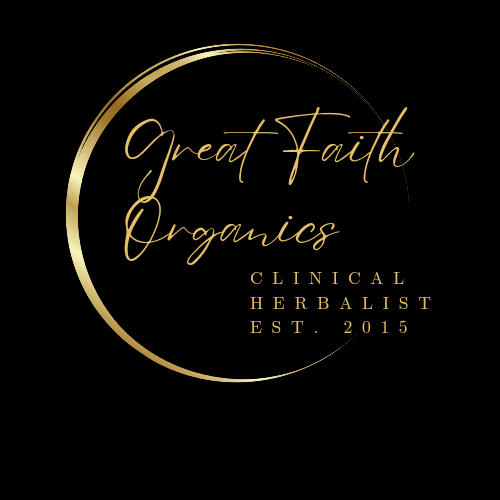It’s time for our annual chat about the case of the mistaken identity found this time of the year.
Our stunning plant ally, golden rod, and a cuss of a plant ragweed. While golden rod and ragweed are both members of the Asteraceae family, they are members of different and distinct species.
First and foremost, let’s discuss safety.
Please do NOT wild forage any edibles or herbals near roadways or power lines.
Golden rod has long been prized amongst herbalists for it’s beautiful support of seasonal allergies. Golden rod is considered especially useful for respiratory infections, helping to soothe inflamed tissues and clear up mucus. When used externally, it promotes healing of the skin. It can also be used internally to soothe inflammation of the digestive system. An astringent herb, golden rod helps to tone tissues. It is also approved by the Commission E for use in some urinary tract infections and treatment of kidney and bladder stones. As a lymphatic herb, golden rod is considered helpful for detoxifying and is sometimes recommended for arthritis and gout. Like I said, she is a true plant ally.
Contradictions: There are no known side effects in conjunction with the proper administration of designated therapeutic dosages in healthy systems. However, contradictions do exist and GREAT care should be taken in those systems with chronic renal and cardiac diseases. Golden rod does possess a weak potential for sensitization. Golden rod is a diuretic, it is weakly spasmolytic (anti-spasmodic) and, because of the saponin component, antiphlogistic (anti-inflammatory). Because it is a diuretic, it is recommended that you drink more water.
If you are planning to make your own herbals, be sure you are identifying the plant properly. Hopefully, these tips will assist you. If you are not comfortable with doing that, please order from an organic grower/maker. Great Faith Organics offers a few different products that contain golden rod. I am not a huge fan of plant ID apps because they aren’t always accurate. I prefer field guides with vibrant photos, specific to your area. If it fits in your pocket/hiking pack, even better! This is the best way, in my opinion, to learn.
Now that we have chatted about safety, let’s discuss golden rod vs. ragweed.
Our beautiful golden rod generally gets a bad wrap for cussing up everyone’s allergies. However, it has since been shown that ragweed is creating the allergy frenzy most of experience this time of the year.
Did you know that golden rod is one of the last major sources of pollen and nectar for pollinators? Golden rod is insect pollinated therefore the pollen is heavy and needs to be transferred by a pollinator. It is NOT transferred by wind.
Ragweed, however, is wind pollinated. That means the pollen is light and gets carried by wind to other plants.
Both plants are beneficial for pollinators.
So, while some people may be specifically allergic to golden rod, it pales in comparison to ragweed as the latter is responsible for about 90% of pollen-induced allergies in the United States alone.
If you put pictures of golden rod and ragweed side by side, you’ll might need to take a closer look to differentiate the two. They have similar growth patterns, with both growing in open fields and by the roadside. Both are also considered invasive plants, able to spread rather quickly in warm climates. However, they can be easily distinguished upon closer examination.
Golden rod has beautiful yellow flowers, whereas ragweed has small, green flowers which are difficult to see and grow in vertical clusters. Ragweed, unlike golden rods, don’t grow very tall. They’re smaller plants, whereas golden rod can grow up to 5 feet tall.
I will leave you with this neat fact. In the case of plenty of herbs and wild remedies, the scientific name (Latin word) is often a clue to its medicinal benefits. Golden rod for example: Solidago is the genus name of golden rod. The genus name comes from the Latin word "solidare" which means to make or become solid or firm. It also means to strengthen or consolidate or fasten together. This is an apt name because the herb is an astringent which mean it tones tissues and it is a vulneary which means it aids the body in healing.

